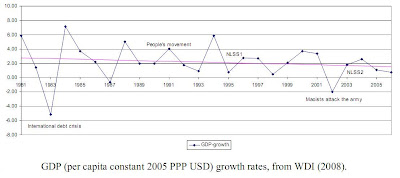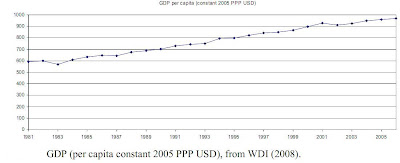Here is a piece from Joseph Stiglitz, who argues that letting financial markets run wild was a risky business and now there is a need for more transparency, oversight and fair competition. Always interesting to read his pieces! He claims that the financial markets are not fulfilling their function- to mobilize savings, allocate capital and manage risk, transferring it from those less able to bear it to those more able.
In America, and some other countries, financial markets have not performed these functions well. They encouraged spendthrift patterns, which led to near-zero savings. They massively misallocated capital. And they created risk, did not manage it well and left huge risks with ordinary Americans, who are now bearing huge costs because of these failures. These problems have occurred repeatedly and are pervasive. The failures in financial markets have effects that spread out to the entire economy.
There are three related reasons for these failures: poorly designed incentive structures, inadequate competition and inadequate transparency.
Strong competition is an essential aspect of well-functioning markets. But information imperfections often limit the extent of competition. America's financial markets have gone beyond these natural limitations of competition to engage in anti-competitive practices…The failure to have strong competition enforcement has meant that there are a number of institutions that are so large that they are too big too fail. That provided an incentive to engage in excessively risky practices.
Finally, markets often fail to produce efficient outcomes (let alone fair or socially just outcomes) when information is imperfect or asymmetric. But information imperfections and asymmetries are at the centre of financial markets - that is what they are about. Our financial markets have even worked hard to exacerbate these problems, as they created non-transparent products that were so complex that not even those who created them fully understood them. This non-transparency is a key part of the credit crisis we have experienced over recent weeks.
Here is what Stiglitz thinks is needed for the wild markets (we need more of some Keynesian stuff):
We need more transparency to ensure that incentive structures do not encourage excessively risky short-sighted behaviour and to reduce the scope of conflicts of interest - our financial markets are rife with them. At the very least, they need to be disclosed. We need countercyclical capital adequacy/provisioning requirements and speed limits. We need to proscribe predatory lending - many of our problems are a result of lending that was both exploitive and risky. We need a financial products safety commission to make sure that the products purchased by, say, a bank or pension fund are safe and appropriate, designed to manage the risks they face; and a financial systems stability commission, to assess the overall stability of the system.
Part of the problem has been our regulatory structures. If government appoints as regulators those who do not believe in regulation, one is not likely to get strong enforcement. We have to design robust regulatory systems, where gaps in enforcement are transparent. Relatively simple regulatory systems may be easier to implement and more robust, and more resistant to regulatory capture.

